+86-0523-83274900
+86-151 9064 3365
As a key piece of equipment in a fire-fighting system, the correct operation of a fire nozzle is crucial for effectively controlling a fire and protecting lives and property. Understanding the correct use of a fire nozzle is not only an essential skill for firefighters, but also fundamental knowledge for every citizen.
Content
Before delving deeper into how to use a fire nozzle, it's important to understand that not all fire nozzles are created equal. Based on their function and purpose, fire nozzles are primarily categorized into the following types:

Proper use of a fire nozzle is essential for effective firefighting. Here are the basic steps for using a fire nozzle:

In addition to mastering the proper procedures, it's equally important to understand the following safety precautions:
Mastering the proper use of fire nozzles provides valuable self-rescue and mutual aid capabilities in the event of a fire. Furthermore, understanding the firefighting equipment associated with fire nozzles, such as fire hoses and fire extinguishers, can help us more comprehensively respond to fires. Remember, prevention is better than cure. Mastering these basics is a commitment to your own and others' safety.
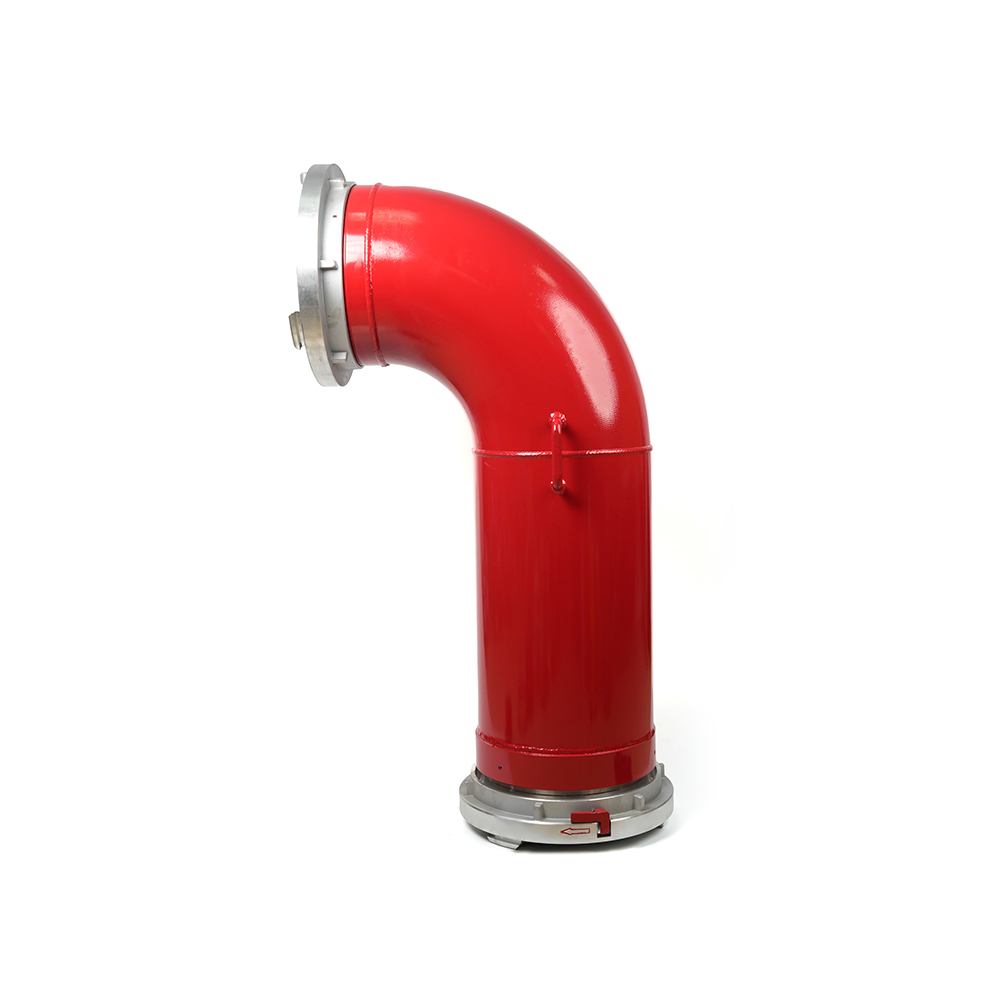 Grooved Fire Elbow-Storz
Grooved Fire Elbow-Storz
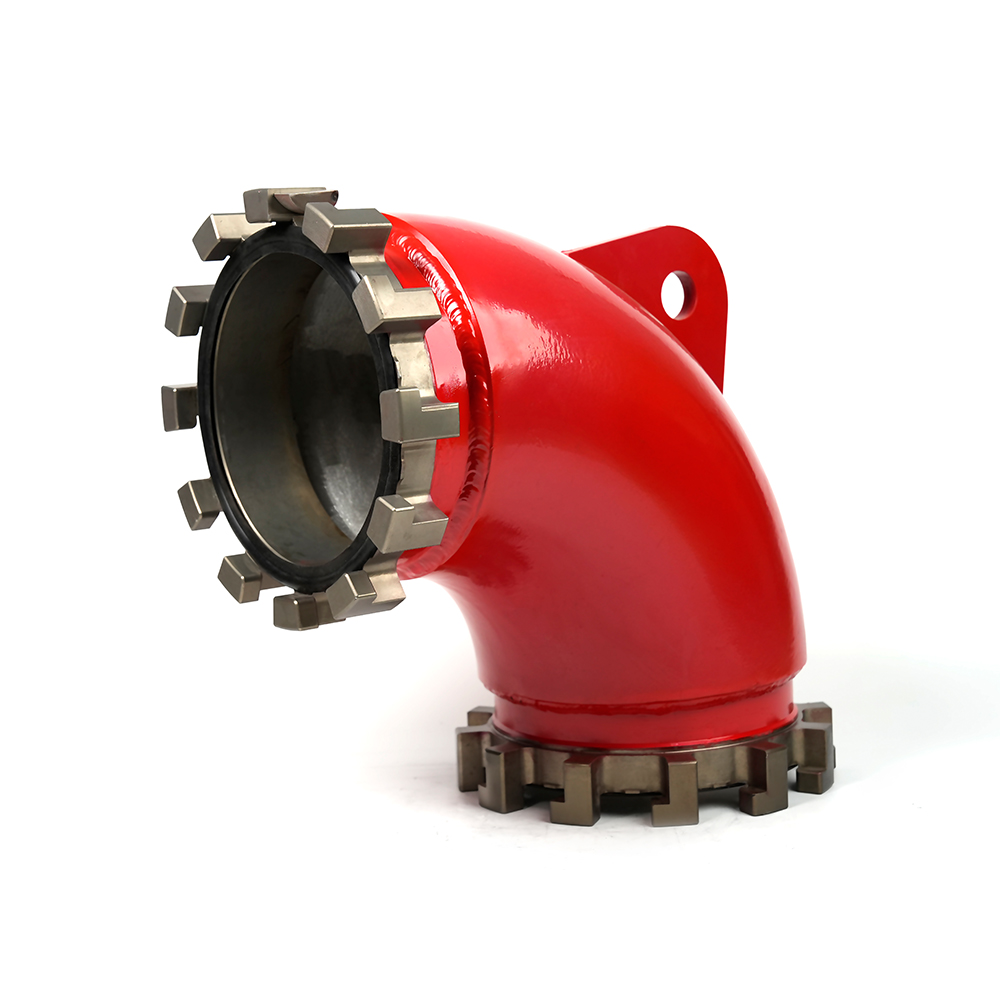 Grooved Fire Elbow-Multi-tooth
Grooved Fire Elbow-Multi-tooth
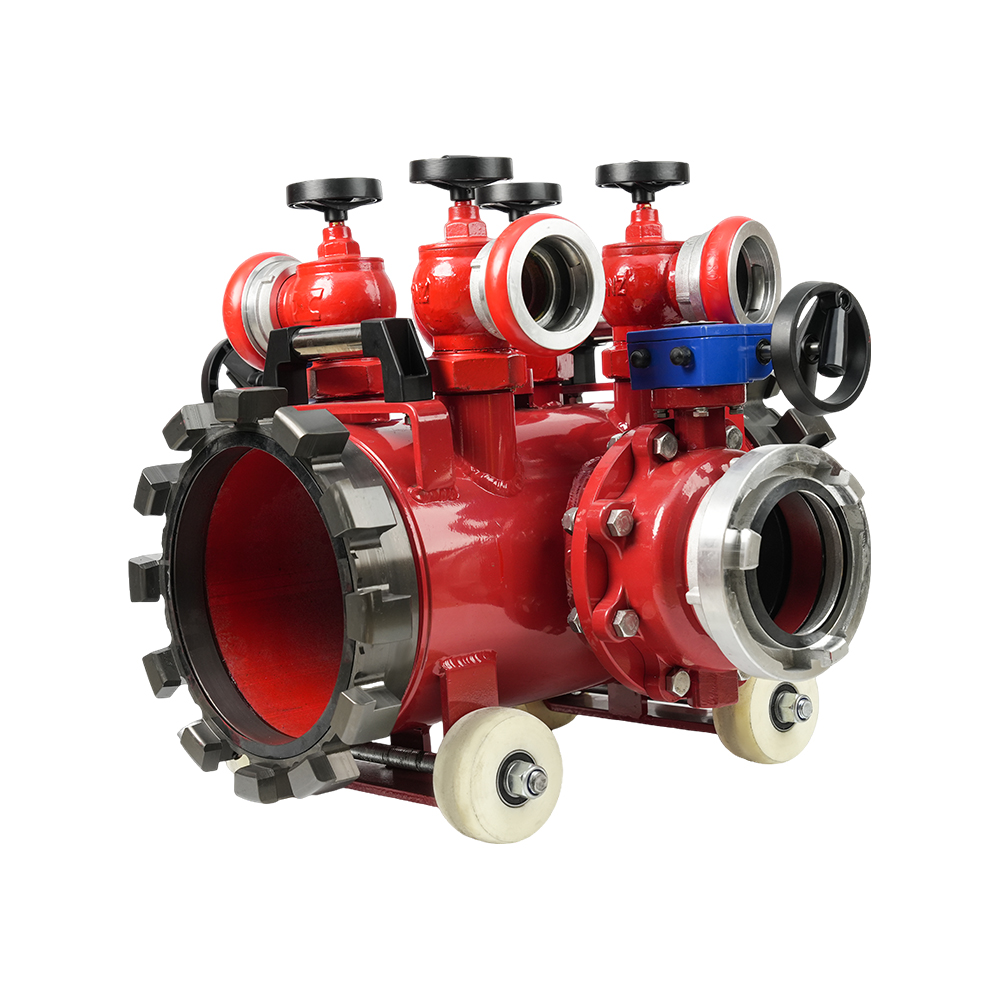 Multi-functional Fire Hose Distributor
Multi-functional Fire Hose Distributor
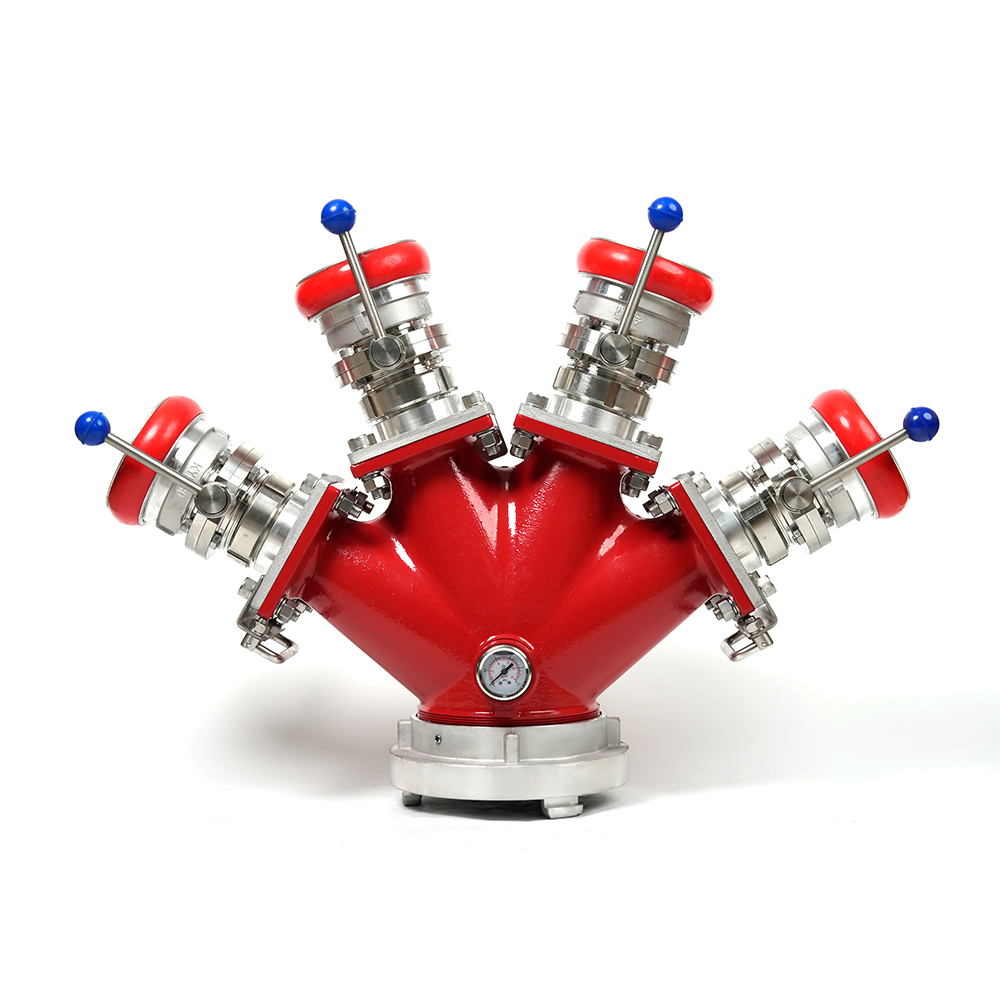 Locking Four-Way Fire Hose Distributor
Locking Four-Way Fire Hose Distributor
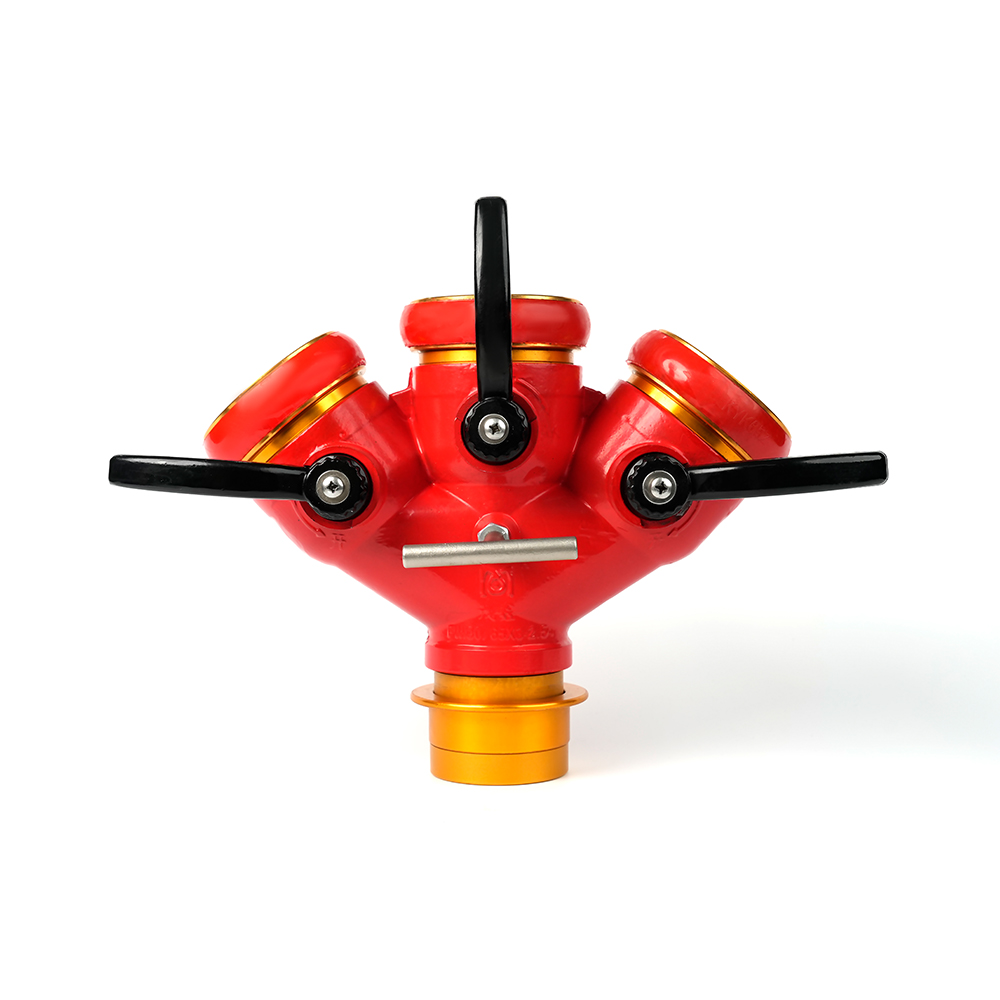 Locking Three-Way Fire Hose Distributor
Locking Three-Way Fire Hose Distributor
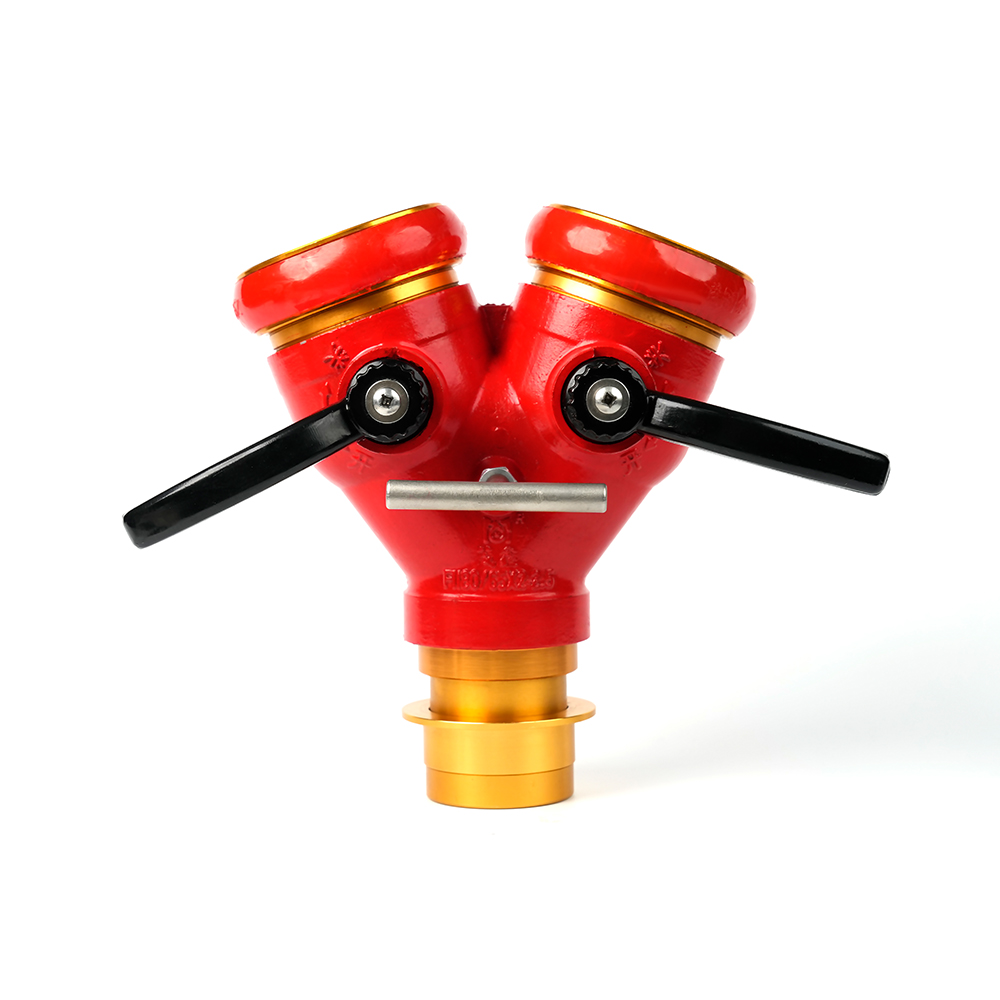 Locking Two-Way Fire Hose Distributor
Locking Two-Way Fire Hose Distributor
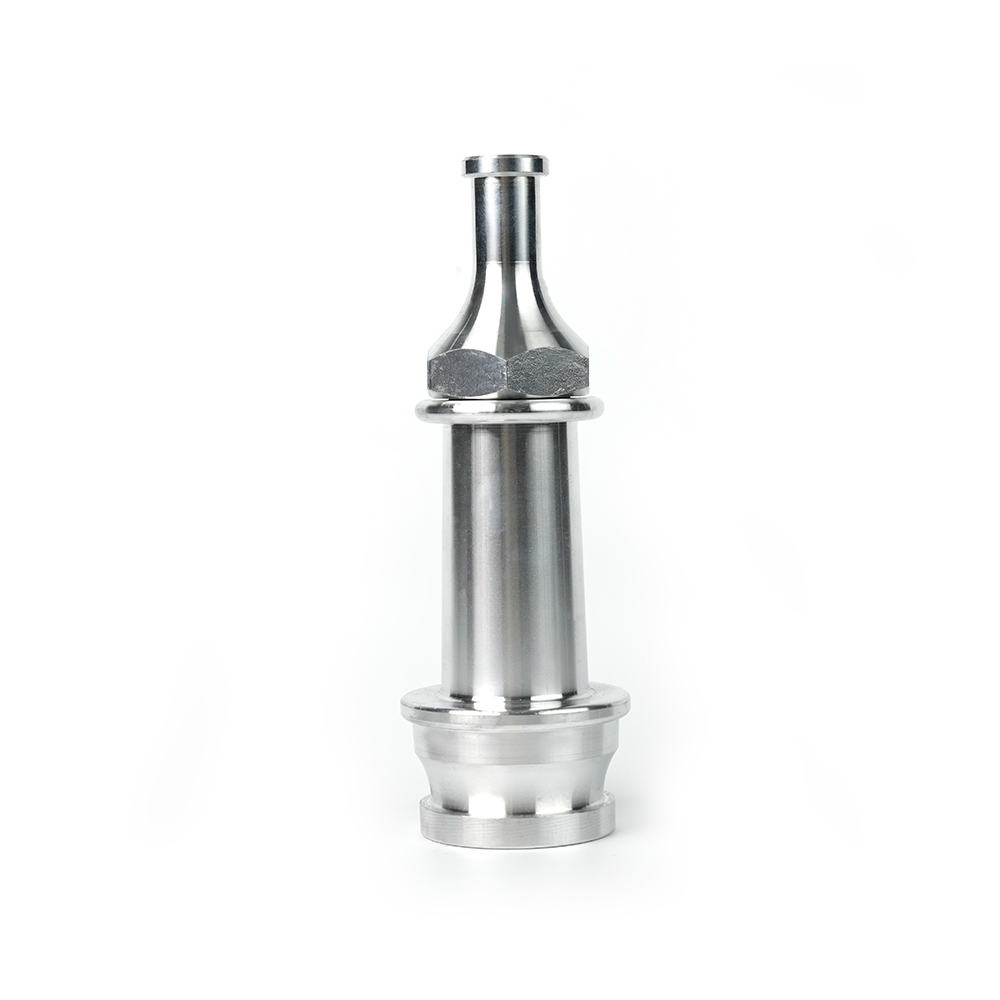 Straight Stream Nozzle
Straight Stream Nozzle
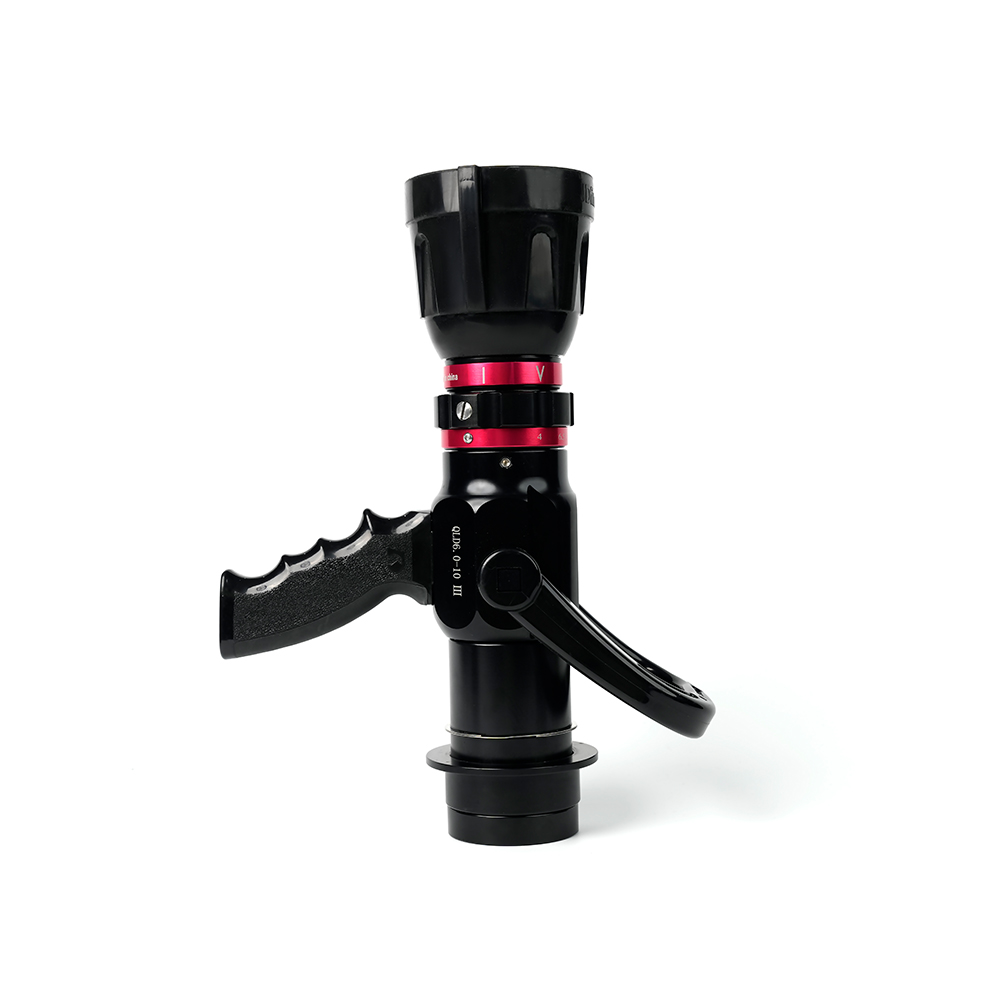 Adjustable nozzle-machino
Adjustable nozzle-machino
 Adjustable nozzle-storz
Adjustable nozzle-storz
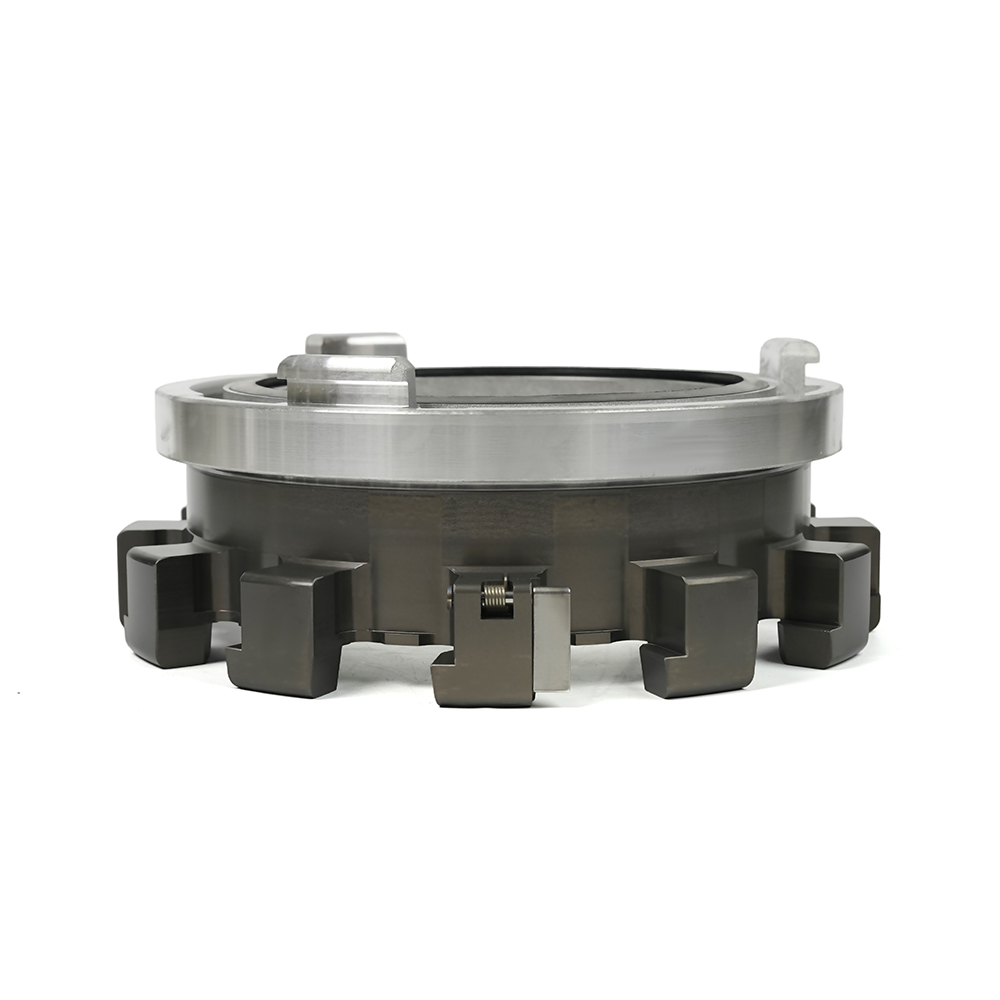 Storz Adapter Couplings - Multi-Tooth
Storz Adapter Couplings - Multi-Tooth
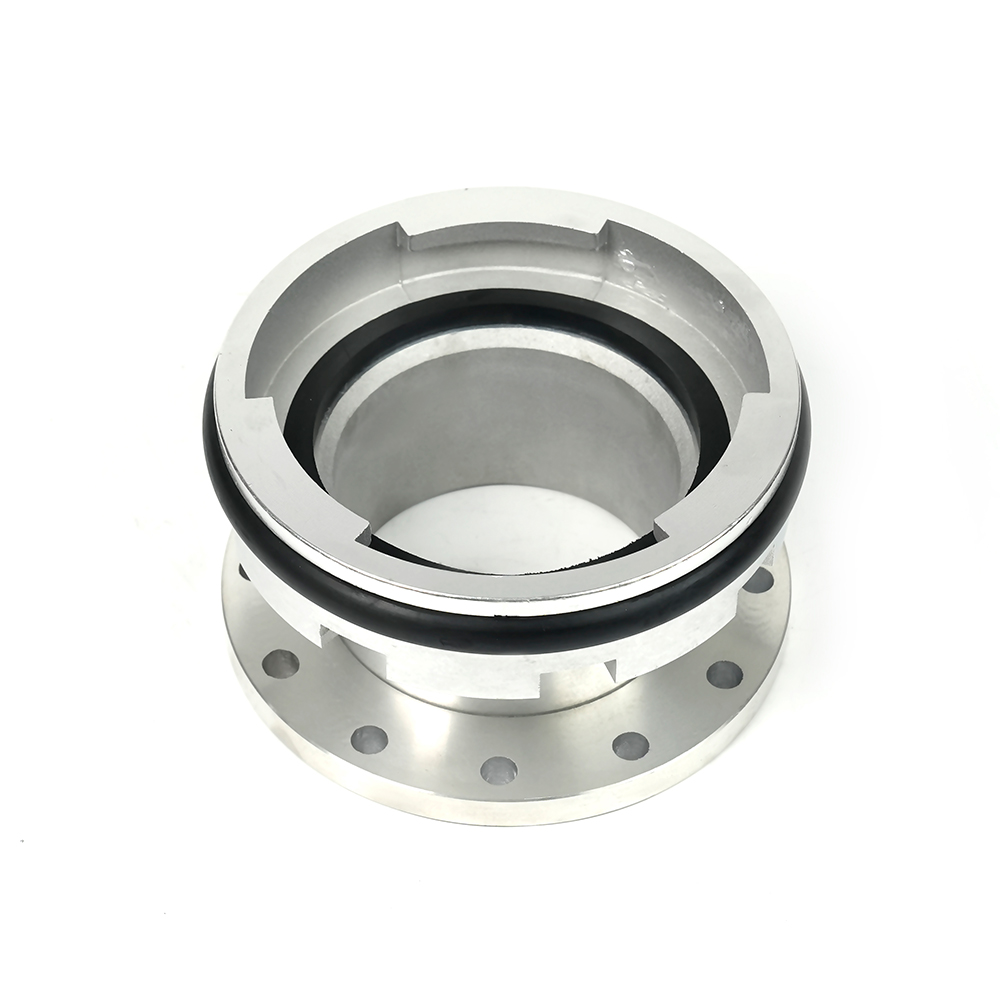 Machino Adapter Couplings – Flanged
Machino Adapter Couplings – Flanged
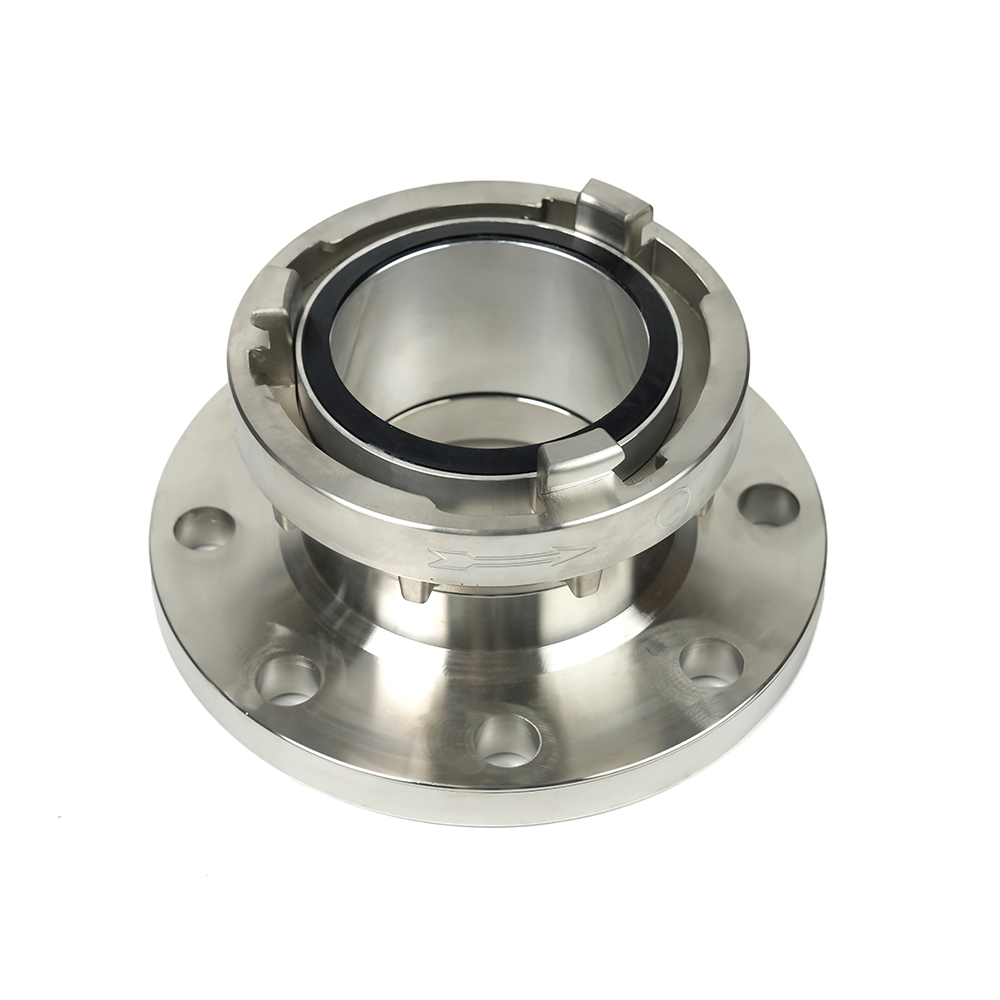 Storz Adapter Couplings – Flanged
Storz Adapter Couplings – Flanged